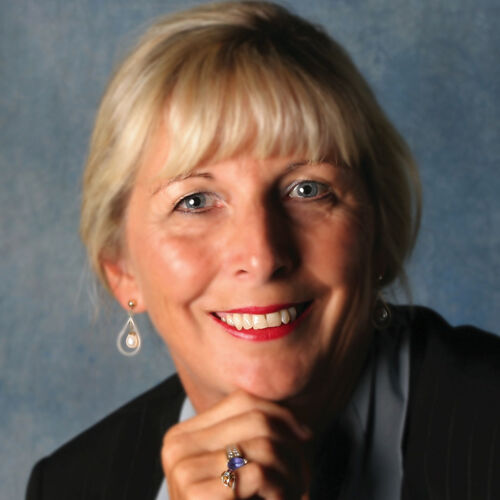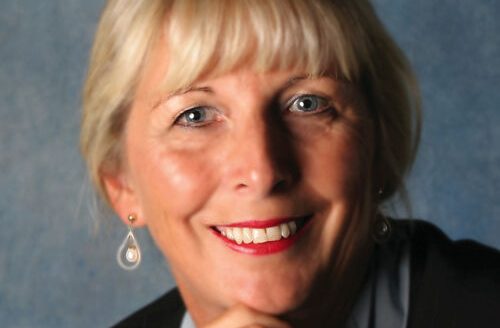Secretary of Agriculture Tom Vilsack is probably the most experienced person to ever be one week into the top job at the United States Department of Agriculture.
However, things have changed so much since January 2017—when he left USDA headquarters for the last time as secretary—that it might as well be a different universe, much less a different administration.
Now, Vilsack returns to a department—and an industry—in the midst of a pandemic, in the process of recovering from a series of trade skirmishes, and in the grips of lingering questions about long-standing inequalities to a select group of producers.
“I would have never expected this opportunity, but I’ve known President (Joe) Biden for 30 years plus, and I’ve never been able to say ‘no’ to the guy,” Vilsack said Tuesday in an exclusive interview with Agri-Pulse. “When he called—well, he had to call several times—but eventually, I said ‘yes.’”
And Vilsack has said “yes” to a lot of things, some of which came across his desk a decade ago. During our interview, he touched on a wide-ranging number of subjects, ranging from helping farmers through the COVID-19 pandemic to addressing the “cumulative effect of discrimination over a long period of time.”
When two former secretaries of agriculture—Dan Glickman and Ann Veneman—sat down in Vilsack’s office in 2009, he was expecting guidance on governing USDA’s litany of farm programs. Instead, he was met with a warning.
“You’ve got a civil rights problem at USDA,” the two leaders told Vilsack.
The response was to pursue resolution for individualized cases of discrimination, which he said totaled “conservatively, at least 20,000.” Now, Vilsack says he wants USDA to zoom in on that issue and look at the broader, more institutionalized impacts discrimination may have had. He touched on the subject Monday in remarks to the National Farmers Union, where he announced plans to institute an equity commission that will study USDA’s existing programs.
“I think we’ll take the steps to address what’s top of mind now, which is the systemic nature of all of this as opposed to the individual acts, and hopefully we will begin a journey that will not be completed in four years, but will certainly allow us to go further down the road towards a USDA and programs that are available to everyone.”
Vilsack specifically backed several of the items in the COVID-19 recovery package currently being considered on Capitol Hill, but also said USDA would be open to some items offered up in legislation championed by Sen. Cory Booker, D-NJ, who recently joined the Senate Ag Committee. Booker has suggested land grants to give Black farmers access to up to 160 acres of land. Vilsack said Tuesday he would be open to considering something along those lines.
“I think there’s opportunities for us to take a look at the federal land holdings and determine whether or not any of those might be appropriately available to socially disadvantaged farmers at little or no cost,” he said.
“And in doing so, we bring everybody up, we don’t necessarily disadvantage anybody,” Vilsack added. “We respond to the fact that there has been a cumulative effect of inequality and discrimination over the course of years.”
Vilsack also said some of the things in Booker’s legislation—specifically a USDA ombudsman to “hold ourselves accountable”—can be “implemented immediately.”
Budget, workforce need review
In some ways, Vilsack says USDA’s budgetary and workforce framework has not seen much growth since he first joined USDA in 2009. And he says he plans to change that.
He said his staff is currently in the process of determining whether the existing staffing and funding at the highest levels of the department is sufficient “to meet the challenges that we have.”
“I think we’re likely to find that we’re going to have to ask Congress to assist us in providing the resources to rebuild, if you will, the department,” he said. “This is not a criticism of the previous administration; this is just a reality.”
He said the staffing in the office of the secretary has been cut nearly in half over the last four years. After a Government Accountability Office report suggested that the way positions were previously funded was not authorized by statute, "the previous administration had to make some difficult choices."
Vilsack said there are a number of vacancies that need to be filled, including between 250 to 300 at the USDA’s Economic Research Service and the National Institute of Food and Agriculture. Asked about the recent relocation of many ERS and NIFA staff to Kansas City, Missouri, Vilsack didn’t explicitly state his policy, but said “the worst thing we could do would be to create additional disruption. At this point in time, I think we have to listen and learn.” Vilsack will be taking part in a USDA employee town hall on Thursday, but said he would “look at creative ways to fill those vacancies.”
He did note the importance of having an undersecretary for rural development —a position that was not filled during the Trump administration.
Climate action to start soon
Vilsack wants to see speedy action from USDA on pursuing climate objectives in production agriculture, including exploring the possibility of a carbon bank funded through the department’s Commodity Credit Corp.
But that idea—pushed by many in the industry, including one of his top staffers—needs to be formed with producers in mind, he said.
“We need to make sure that there’s clarity about precisely what you need to do to be able to qualify; we need transaction costs that are reasonable,” he said. "And at the end of the day we need to make sure that we make the case to the farmer that this is for your benefit. It is not for the benefit of investors or for entities or anybody else.
“Can that be done? I think it can. Is CCC the opportunity to potentially begin that process? I think so,” he added. “But I think there’s still a lot of work that needs to be done in order to make sure that it’s structured right, explained right, and with a sufficient resource to get it started.”
Vilsack said there are also existing programs he’d like to leverage to target the broader issue of climate-smart agriculture, but also said he wants to make sure USDA has the resources—both in money and in personnel—to support the effort.
Editor’s note: Spencer Chase is managing editor of Agr-Pulse. Agri-Pulse Editor Sara Wyant and Executive Editor Philip Brasher contributed to this report.

